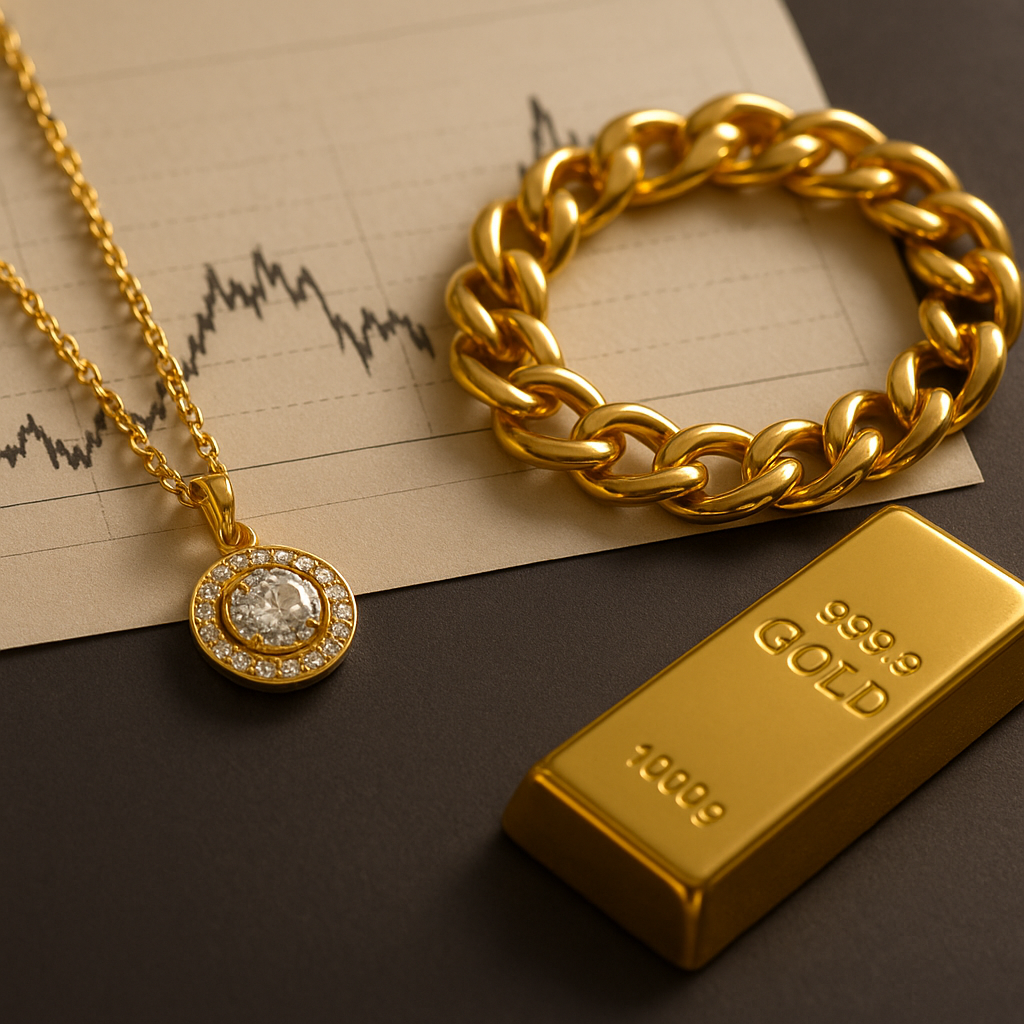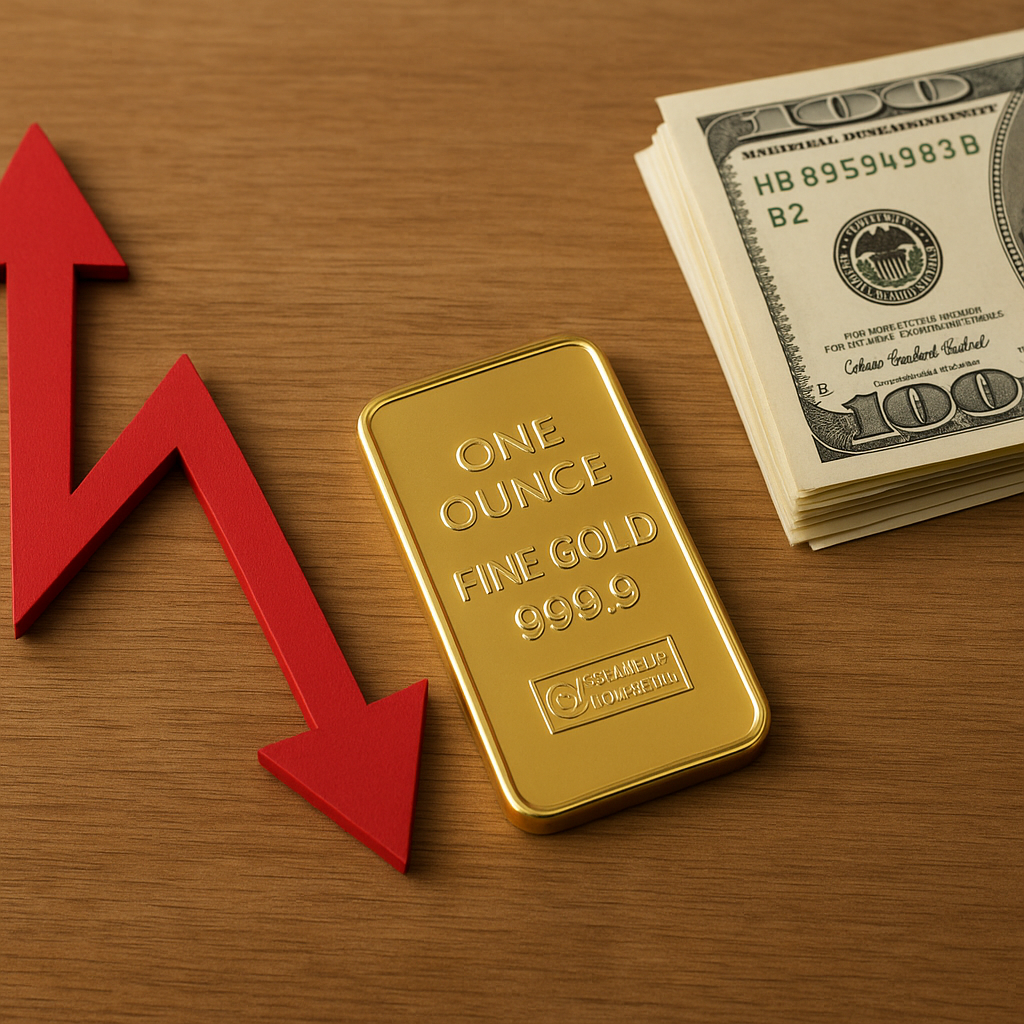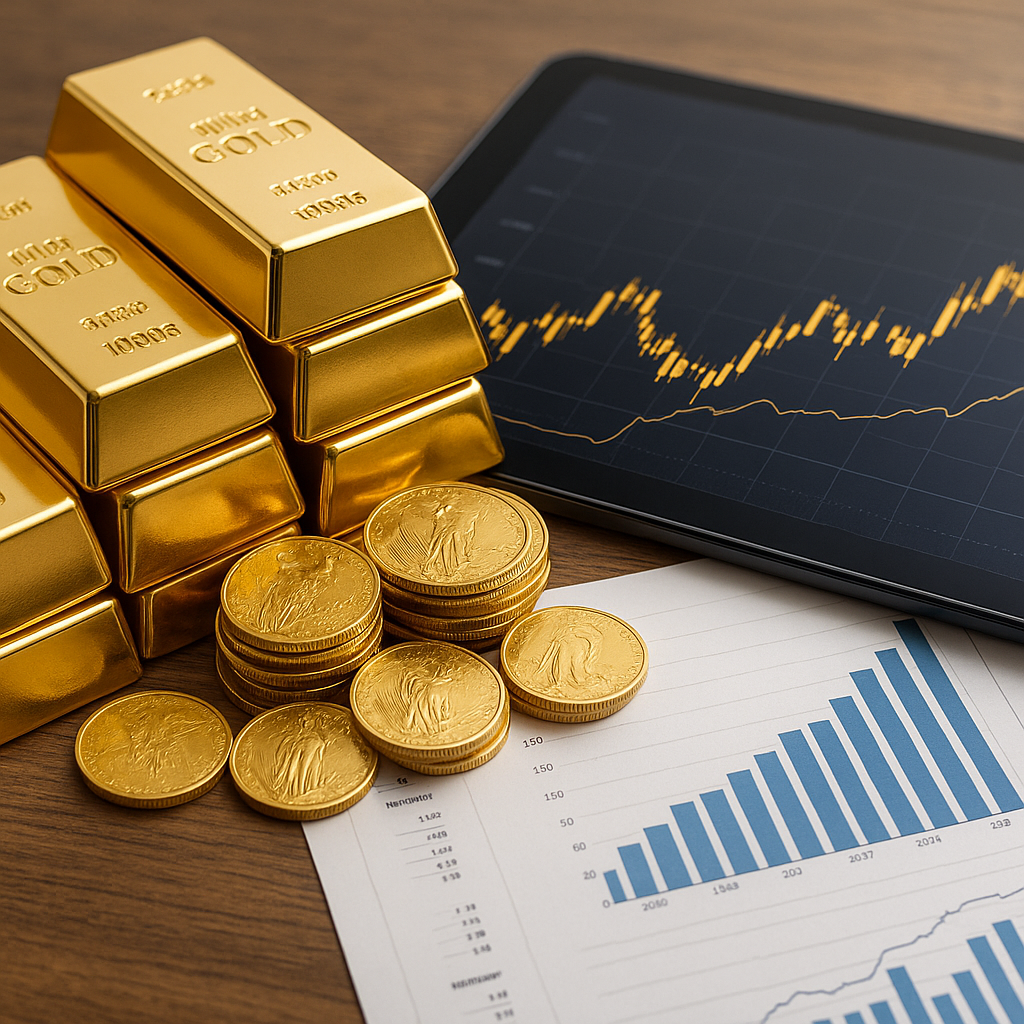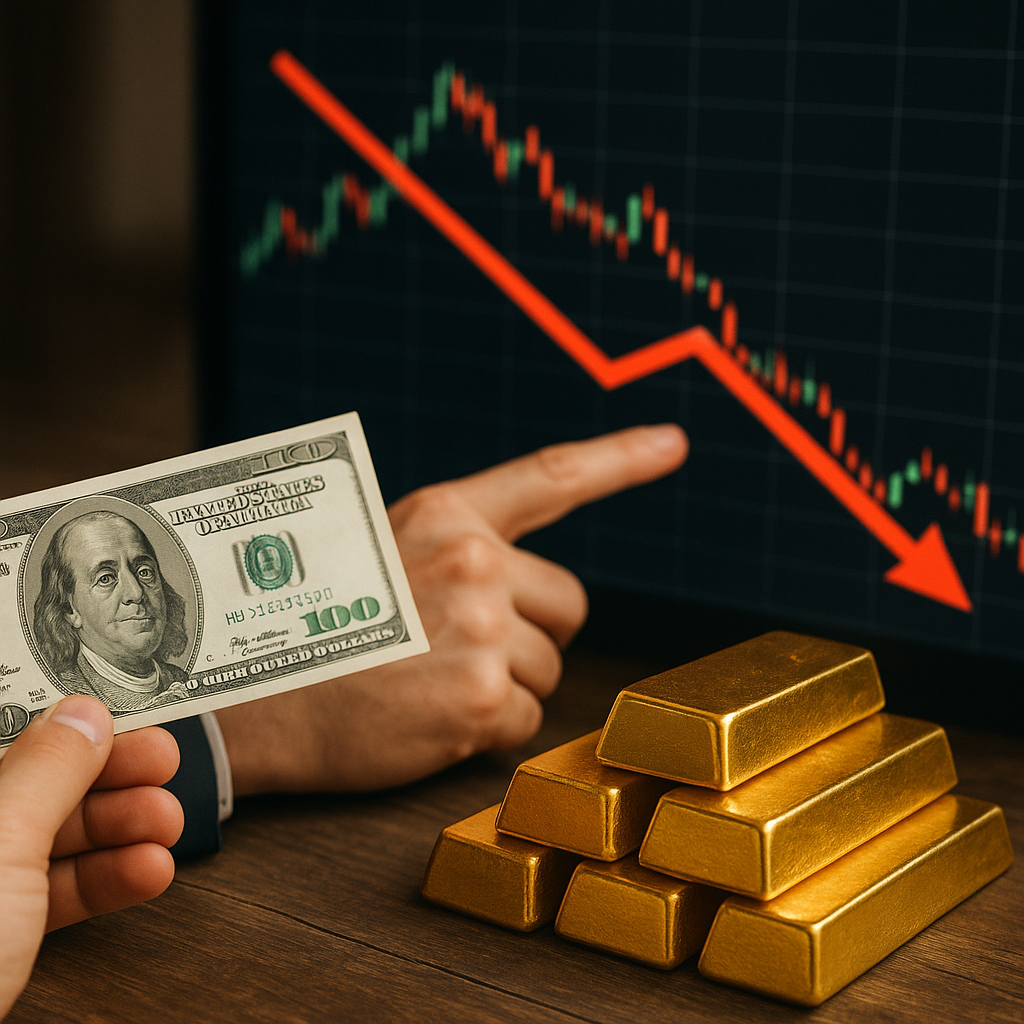The dynamics of supply and demand play a crucial role in shaping gold prices, influencing the market in complex and multifaceted ways. As a precious metal with both industrial and investment applications, gold’s value is subject to a variety of factors that can cause significant fluctuations. Understanding these dynamics is essential for investors, policymakers, and anyone interested in the global economy.
Understanding the Supply Side of Gold
Gold supply is primarily determined by mining production, recycling, and central bank sales. Mining is the most significant source, accounting for approximately two-thirds of the annual gold supply. The process of extracting gold from the earth is capital-intensive and time-consuming, often taking years to develop a new mine. This means that changes in gold prices do not immediately affect mining output, leading to a relatively inelastic supply curve in the short term.
Recycling is another important component of gold supply. It involves the reprocessing of gold from scrap materials, such as old jewelry and electronic components. The amount of gold recycled each year can vary significantly, influenced by the current price of gold and economic conditions. When prices are high, more gold is recycled as individuals and businesses seek to capitalize on the increased value.
Central banks also play a role in the supply of gold. They hold significant reserves and can influence the market by buying or selling gold. In recent years, many central banks have been net buyers of gold, adding to their reserves as a hedge against economic uncertainty and currency fluctuations. This trend has contributed to a tightening of the gold supply, supporting higher prices.
The Demand Side of Gold
Gold demand is driven by a combination of factors, including jewelry, investment, technology, and central bank purchases. Jewelry remains the largest single source of demand, particularly in countries like India and China, where gold is deeply embedded in cultural and religious practices. The demand for gold jewelry is highly sensitive to changes in price and economic conditions, with consumers often reducing purchases when prices rise or during economic downturns.
Investment demand for gold has grown significantly in recent years, driven by its status as a safe-haven asset. Investors turn to gold during times of economic uncertainty, geopolitical tensions, or when they anticipate inflationary pressures. Gold is seen as a store of value that can preserve wealth when other assets, such as stocks or currencies, are volatile. This demand can be highly elastic, with significant inflows or outflows depending on market sentiment and macroeconomic conditions.
Technological demand for gold, while smaller than jewelry or investment, is also an important factor. Gold is used in a variety of electronic applications due to its excellent conductivity and resistance to corrosion. The growth of the technology sector, particularly in emerging markets, has supported steady demand for gold in this area.
Central banks, as mentioned earlier, are also a source of demand. Their purchases are often driven by a desire to diversify reserves and reduce reliance on the US dollar. This trend has been particularly pronounced in recent years, with many emerging market central banks increasing their gold holdings.
Interplay Between Supply and Demand
The interaction between supply and demand is what ultimately determines gold prices. When demand outstrips supply, prices tend to rise, and conversely, when supply exceeds demand, prices fall. However, the gold market is also influenced by a range of external factors, including currency fluctuations, interest rates, and geopolitical events, which can amplify or dampen these fundamental dynamics.
Currency movements, particularly those of the US dollar, have a significant impact on gold prices. Gold is typically priced in dollars, so a stronger dollar makes gold more expensive for holders of other currencies, potentially reducing demand. Conversely, a weaker dollar can make gold more attractive, boosting demand and prices.
Interest rates also play a crucial role. Gold does not yield interest or dividends, so when interest rates rise, the opportunity cost of holding gold increases, potentially reducing demand. Conversely, when rates are low, gold becomes more attractive as an investment, supporting higher prices.
Geopolitical events can create uncertainty and drive investors towards safe-haven assets like gold. Conflicts, political instability, or economic crises can lead to increased demand for gold, pushing prices higher. These events can also disrupt supply chains, affecting the availability of gold and further influencing prices.
Conclusion
The dynamics of supply and demand are central to understanding gold prices, but they are not the only factors at play. The gold market is complex, influenced by a myriad of economic, political, and social factors. For investors and policymakers, staying informed about these dynamics is crucial for making informed decisions. As the global economy continues to evolve, the interplay between supply and demand will remain a key determinant of gold prices, shaping the market for years to come.












